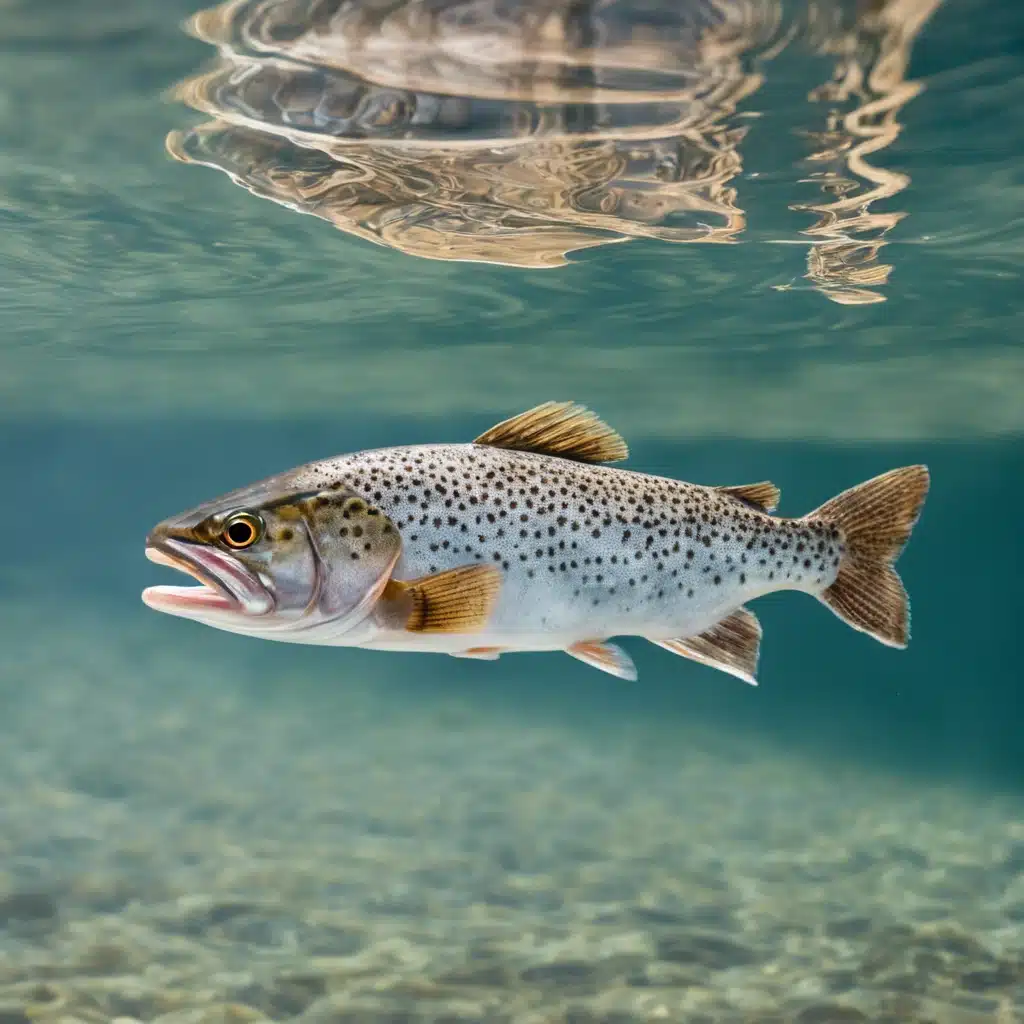Spotted Seatrout Fishing Lures
Spotted Seatrout: Best targeted with soft plastics or live bait under popping corks. They prefer shallow, grassy flats, especially at dawn and dusk.
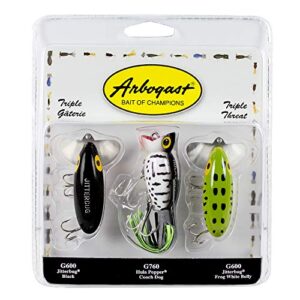
Enhance Your Fishing Game with the Triple Threat Lure Set
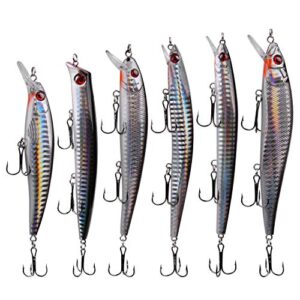
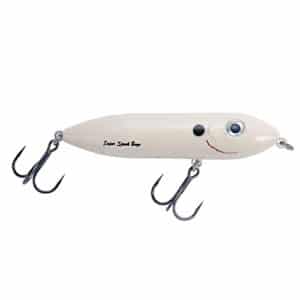
Heddon Super Spook Boyo 3: The Ultimate 3/8 Oz. Lure

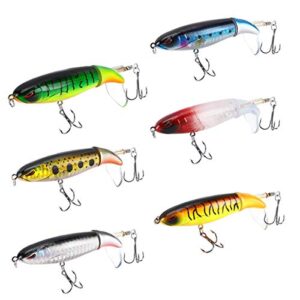
Unleash the Power of 6PCS Bass Whopper Lures for Success
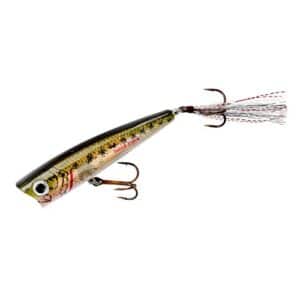
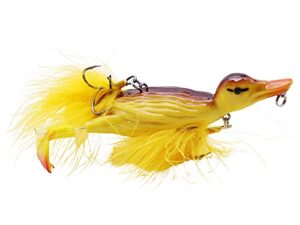
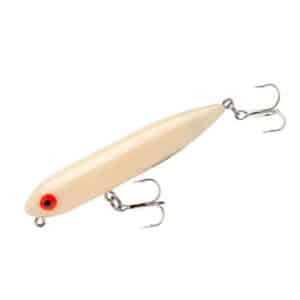
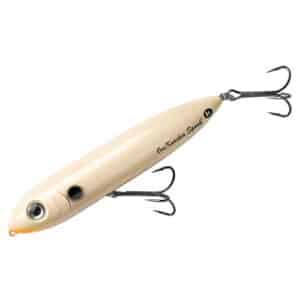
Common Lures for Spotted Seatrout fish
Spotted Seatrout, also known as Speckled Trout, are a favorite target for inshore anglers due to their abundance and aggressive feeding habits. Effective lures for Spotted Seatrout mimic the small fish, crustaceans, and other prey they feed on. Here are some common lures used for Spotted Seatrout fishing:
Soft Plastic Jigs: Soft plastic lures rigged on jig heads are perhaps the most versatile and effective for Seatrout. Paddle tail swimbaits, shrimp, and crab imitations can be bounced along the bottom or swum through the water column.
Topwater Lures: Fishing with topwater plugs during dawn or dusk can produce explosive strikes from Seatrout. Walking the dog with stickbaits or popping with poppers can be particularly effective when Seatrout are feeding aggressively.
Spoons: Metal spoons, with their fluttering action and flash, are excellent for covering a lot of water and attracting Seatrout, especially in clearer water.
Suspending Twitch Baits: These hard baits are designed to suspend in the water column and can be twitched to mimic a wounded baitfish, triggering strikes from wary Seatrout.
Soft Plastic Jerkbaits: Rigged weedless, these lures can be worked over grass beds and around structure where Seatrout lie in ambush. Their erratic, darting motion mimics injured fish.
Spinnerbaits: The vibration and flash of spinnerbaits can attract Seatrout, making them a good choice in murkier waters or over grass flats.
Live Bait Imitations: Artificial lures that closely resemble live baitfish or shrimp can be particularly effective, especially when worked slowly or suspended under a popping cork to add sound attraction.
When targeting Spotted Seatrout, it’s essential to adjust your lure choice and presentation based on the conditions and the trout’s behavior. In colder months, slow down your retrieval as Seatrout become more lethargic. In warmer conditions, more aggressive presentations can provoke strikes. Fishing early in the morning or late in the evening can be particularly productive, as Seatrout are most active during these times.

